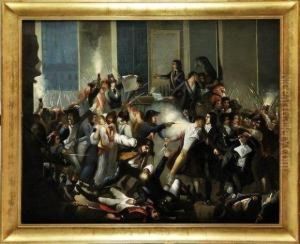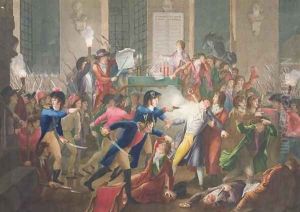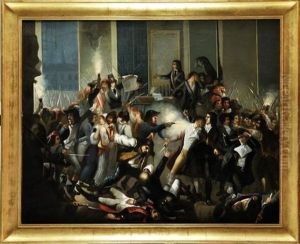Jean Joseph Francois Tassaert Paintings
Jean Joseph François Tassaert was a notable French painter and engraver, born in 1765 in Antwerp, Belgium, which was then part of the Austrian Netherlands. He was part of a distinguished family of artists that originated in France but moved to the Netherlands in the 17th century. Tassaert initially trained under his father, Jean-Pierre-Antoine Tassaert, who was also a respected sculptor and painter. This early exposure to the arts profoundly influenced Jean Joseph François, setting the stage for his future career.
In his early years, Tassaert developed a keen interest in painting and engraving, honing his skills and absorbing the influences of the Flemish and Dutch masters. Seeking broader horizons and greater opportunities, he moved to Paris in the late 1780s, where he quickly became part of the vibrant artistic community. During this period, Paris was a thriving center for the arts, and Tassaert was able to study under prominent artists of the time, further refining his technique and style.
Tassaert's work, primarily focused on portraits, historical scenes, and mythological subjects, was characterized by its emotional depth, detailed realism, and vibrant use of color. His ability to capture the human form and emotion won him acclaim, and he began to receive commissions from notable figures of the day. Despite the political turmoil of the French Revolution and the Napoleonic Wars, Tassaert managed to maintain a successful career, adapting his themes and styles to suit the changing tastes of his clientele.
In the early 19th century, Tassaert also contributed to the burgeoning field of printmaking, producing engravings that were widely circulated and praised for their technical skill and artistic beauty. These works played a significant role in popularizing his paintings and bringing his art to a wider audience.
Jean Joseph François Tassaert passed away in 1835, leaving behind a rich legacy of work that remains appreciated for its technical mastery and poignant expression of the human condition. His contributions to French art have been acknowledged through exhibitions and scholarly research, ensuring his place in the annals of European art history.


